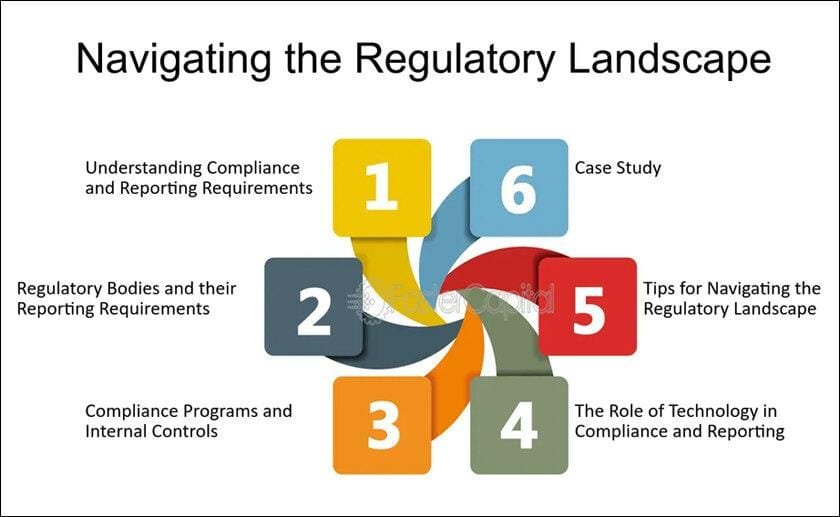Table of Contents
In a world increasingly driven by technology, digital currency has emerged as a transformative force, reshaping the way we think about money, transactions, and economic systems. As the boundaries between traditional finance and digital assets blur, the cryptocurrency landscape is evolving at a rapid pace, making it essential for individuals and businesses alike to understand its complexities.
Amidst the myriad coins and tokens, decentralized finance (DeFi) platforms, and blockchain innovations, the potential for digital currencies to redefine our financial interactions is staggering. This article aims to unravel the nuances of crypto, offering insights to help both newcomers and seasoned enthusiasts navigate the exciting yet complex future of digital currency.
Understanding the Blockchain Backbone of Digital Currency
The architecture of digital currency relies heavily on blockchain technology, setting the stage for secure and transparent transactions. At its core, blockchain functions as a distributed ledger, where data is stored across a network of computers, enhancing security and reducing the risk of tampering. Key attributes include:
- Decentralization: Eliminates the need for a central authority, empowering users.
- Immutability: Once data is added, it cannot be altered, ensuring transaction integrity.
- Transparency: Every transaction is visible, fostering trust among participants.
This innovative framework not only facilitates peer-to-peer transactions but also enables the creation of smart contracts and decentralized applications. These capabilities unlock numerous possibilities across industries, including finance, supply chain management, and healthcare. As digital currencies evolve, understanding blockchain’s underlying principles becomes indispensable for navigating this revolutionary landscape.

Exploring the Diverse World of Cryptocurrencies
The world of cryptocurrencies is vast and ever-evolving, embodying a pioneering spirit that reshapes the financial landscape. With thousands of digital assets available, each boasts unique features and purposes. Some popular examples include:
- Bitcoin: The original and most recognized cryptocurrency.
- Ethereum: Enabling smart contracts and decentralized applications.
- Ripple: Designed for seamless cross-border payments.
- Litecoin: Aimed at fast and low-cost transactions.
Understanding these diverse currencies requires delving into their underlying technologies. Blockchain, the backbone of most cryptocurrencies, ensures transparency and security through decentralized ledgers. Moreover, ongoing innovations like DeFi and NFTs are transforming traditional finance and collectibles. Investors and enthusiasts must stay informed about market trends and regulatory developments to navigate this complex ecosystem effectively.

Securing Your Digital Wallet: Best Practices for Safety
In a world where digital currencies thrive, safeguarding your assets within a digital wallet is paramount. Engaging in basic security measures can significantly reduce risks. Always utilize two-factor authentication and ensure that your wallet provider supports it. Opting for wallets with robust encryption methods adds an extra layer of protection against unauthorized access.
Regularly updating your wallet software is crucial to defending against emerging threats. Additionally, storing large amounts of cryptocurrency in hardware wallets or cold storage is advisable. Relying on strong, unique passwords for all accounts linked to your digital wallet helps prevent potential breaches, keeping your investments secure.

Regulatory Landscapes: Navigating Legal Challenges in Crypto Markets
As the crypto landscape evolves, so do the regulatory frameworks governing it. The approach varies significantly across jurisdictions, creating a complex web of legal challenges for investors and businesses. Key players must stay informed about regulations such as:
- Anti-Money Laundering (AML) requirements
- Know Your Customer (KYC) protocols
- Tax obligations for crypto transactions
To navigate this intricate environment, businesses often seek legal expertise, utilizing tools to assess compliance risks. Adopting a proactive regulatory strategy is paramount, potentially involving:
- Regular audits to ensure adherence
- Engagement with regulators for clearer guidelines
- Participation in industry groups to advocate for balanced policies
In Conclusion
As we journey through the complexities of digital currency, it’s clear that the future holds both promise and uncertainty. Decoding crypto isn’t just about understanding technology; it’s about grasping the broader implications for our economy and society. As we step forward, here are some essential takeaways:
- Innovation is constant: The landscape is ever-evolving, with new technologies and trends emerging regularly.
- Regulatory landscape: Governments worldwide are beginning to implement frameworks that shape how crypto operates.
- The importance of education: Staying informed is crucial to effectively navigating this dynamic environment.
while the road ahead may be riddled with challenges, it is also filled with opportunities. By equipping ourselves with knowledge and insights, we can better navigate the digital currency revolution and adapt to the changes it brings. Embrace the future with an open mind, and remember that navigating crypto is a journey worth taking.



